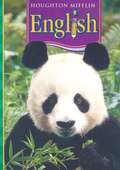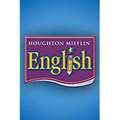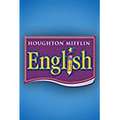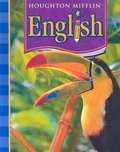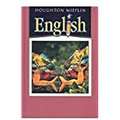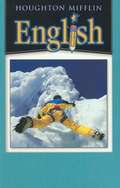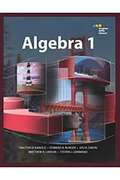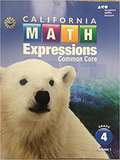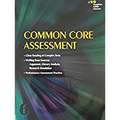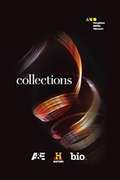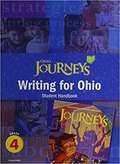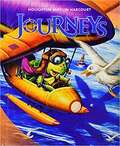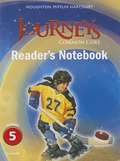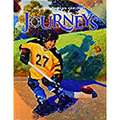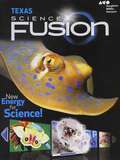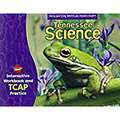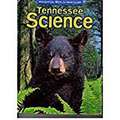- Table View
- List View
Houghton Mifflin English [Grade 1]
by Shane Templeton Robert Rueda Tina Saldivar Lynne Shapiro C. Ann Terry Catherine Valentino Shelby A. WolfNIMAC-sourced textbook
Houghton Mifflin English [Grade 2]
by Shane Templeton Robert Rueda Tina Saldivar Lynne Shapiro C. Ann Terry Catherine Valentino Shelby A. WolfNIMAC-sourced textbook
Houghton Mifflin English [Grade 3]
by Shane Templeton Robert Rueda Tina Saldivar Lynne Shapiro C. Ann Terry Catherine Valentino Shelby A. WolfNIMAC-sourced textbook
Houghton Mifflin English [Grade 3]
by Shane Templeton Robert Rueda Tina Saldivar Lynne Shapiro C. Ann Terry Catherine Valentino Shelby A. WolfNIMAC-sourced textbook
Houghton Mifflin English [Grade 4]
by Shane Templeton Robert Rueda Tina Saldivar Lynne Shapiro C. Ann Terry Catherine Valentino Shelby A. WolfNIMAC-sourced textbook
Houghton Mifflin English [Grade 7]
by Shane Templeton Robert Rueda Tina Saldivar Lynne Shapiro C. Ann Terry Catherine Valentino Shelby A. WolfNIMAC-sourced textbook
Houghton Mifflin English [Grade 8]
by Shane Templeton Robert Rueda Tina Saldivar Lynne Shapiro C. Ann Terry Catherine Valentino Shelby A. WolfNIMAC-sourced textbook
Houghton Mifflin English: Level 4
by C. Ann Terry Shirley Haley-James John Warren Stewig Jacqueline L. Chaparro Marcus T. Ballenger June Grant Shane Nancy C. MillettThe book helps in strengthening the students' writing and promoting their independence in English. It contains lessons that specialize on grammar, usage, reading and writing and mechanics skills.
Houghton Mifflin Georgia Science [Grade 2]
by Douglas Carnine William Badders Bobby JeanpierreNIMAC-sourced textbook
Houghton Mifflin Georgia Science [Grade 3]
by Douglas Carnine William Badders Bobby JeanpierreNIMAC-sourced textbook
Houghton Mifflin Georgia Science [Grade 4]
by Douglas Carnine William Badders Bobby JeanpierreNIMAC-sourced textbook
Houghton Mifflin Georgia Science [Grade 5]
by Douglas Carnine William Badders Bobby JeanpierreNIMAC-sourced textbook
Houghton Mifflin Georgia Science, Interactive Text
by Houghton Mifflin CompanyNIMAC-sourced textbook
Houghton Mifflin Harcourt Algebra 1
by Timothy D. Kanold Edward B. Burger Juli K. Dixon Steven J. Leinwand Matthew R. LarsonHMH Algebra 1 is built on the 5E instructional model-Engage, Explore, Explain, Elaborate, Evaluate-to develop strong conceptual understanding and mastery of key mathematics standards.
Houghton Mifflin Harcourt California Math Expressions Grade 4, Volume 1
by Karen C. FusonCALIFORNIA MATH Expressions Common Core GRADE 4 Volume 1 by Dr. Karen C. Fuson. This material is based upon work supported by the National Science Foundation.
Houghton Mifflin Harcourt Collections - Performance Assessment, Grade 6
by Holt McdougalHoughton Mifflin Harcourt Collections - Performance Assessment
Houghton Mifflin Harcourt Journeys Ohio: Grade 4
by Houghton Mifflin HarcourtWriting is a great tool. It can help you solve problems as well as express yourself. For example, you can use it to nail down an idea or hammer out a point. This handbook will help you discover ways to use this tool well.
Houghton Mifflin Harcourt Journeys, Grade 2 Volume 2
by Editorial Staff of Houghton Mifflin HarcourtJourneys Grade 2 Units 4 to 6
Houghton Mifflin Harcourt Journeys: Common Core Reader's Notebook Consumable Grade 5
by Houghton Mifflin HarcourtA book that contains captivating comprehension passages that will help you improve your reading skills.
Houghton Mifflin Harcourt Journeys: Grade 5
by Houghton Mifflin HarcourtYou are about to set out on a reading journey that will take you from a virtual ride on a space shuttle to the countryside of Spain, where a knight battles a windmill. On the way, you will learn amazing things as you become a better reader.
Houghton Mifflin Harcourt Science Fusion Texas: Student Edition Grade 4 2015 (Houghton Mifflin Harcourt Science Fusion Ser.)
by Houghton Mifflin Harcourt StaffA science textbook.
Houghton Mifflin Harcourt Science Interactive Workbook (Tennessee Edition)
by Houghton Mifflin HarcourtWorkbook to accompany textbook on elementary school science.
Houghton Mifflin Harcourt Science Tennessee Grade 4
by Houghton Mifflin HarcourtHoughton Mifflin Harcourt Science Tennessee: Student Edition Grade 4 2010
